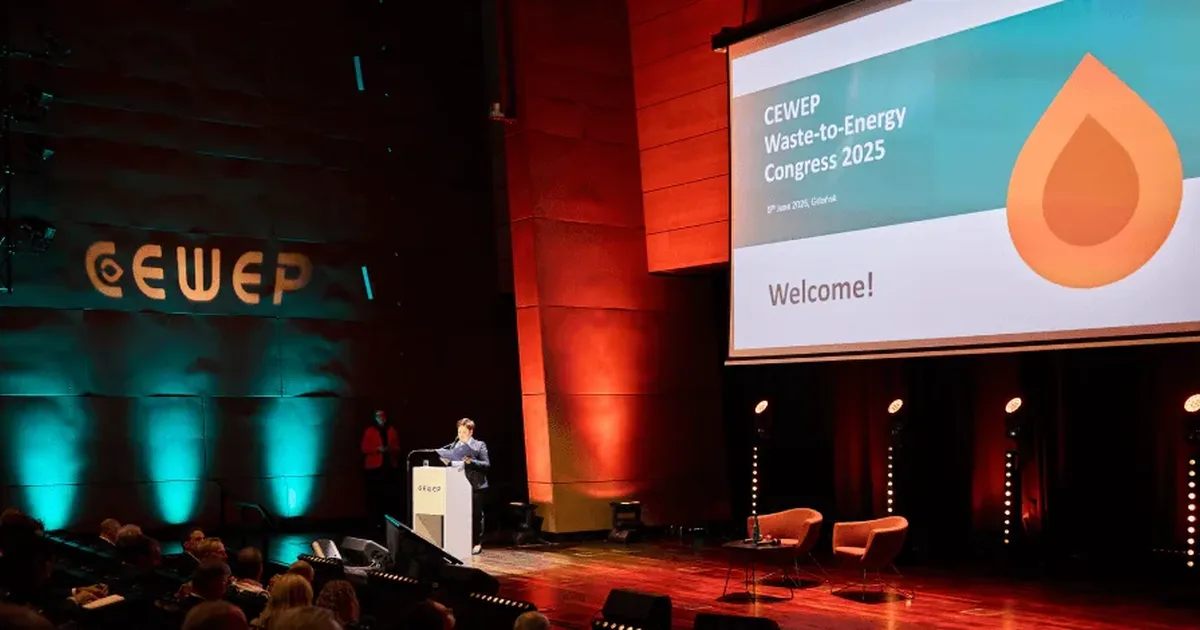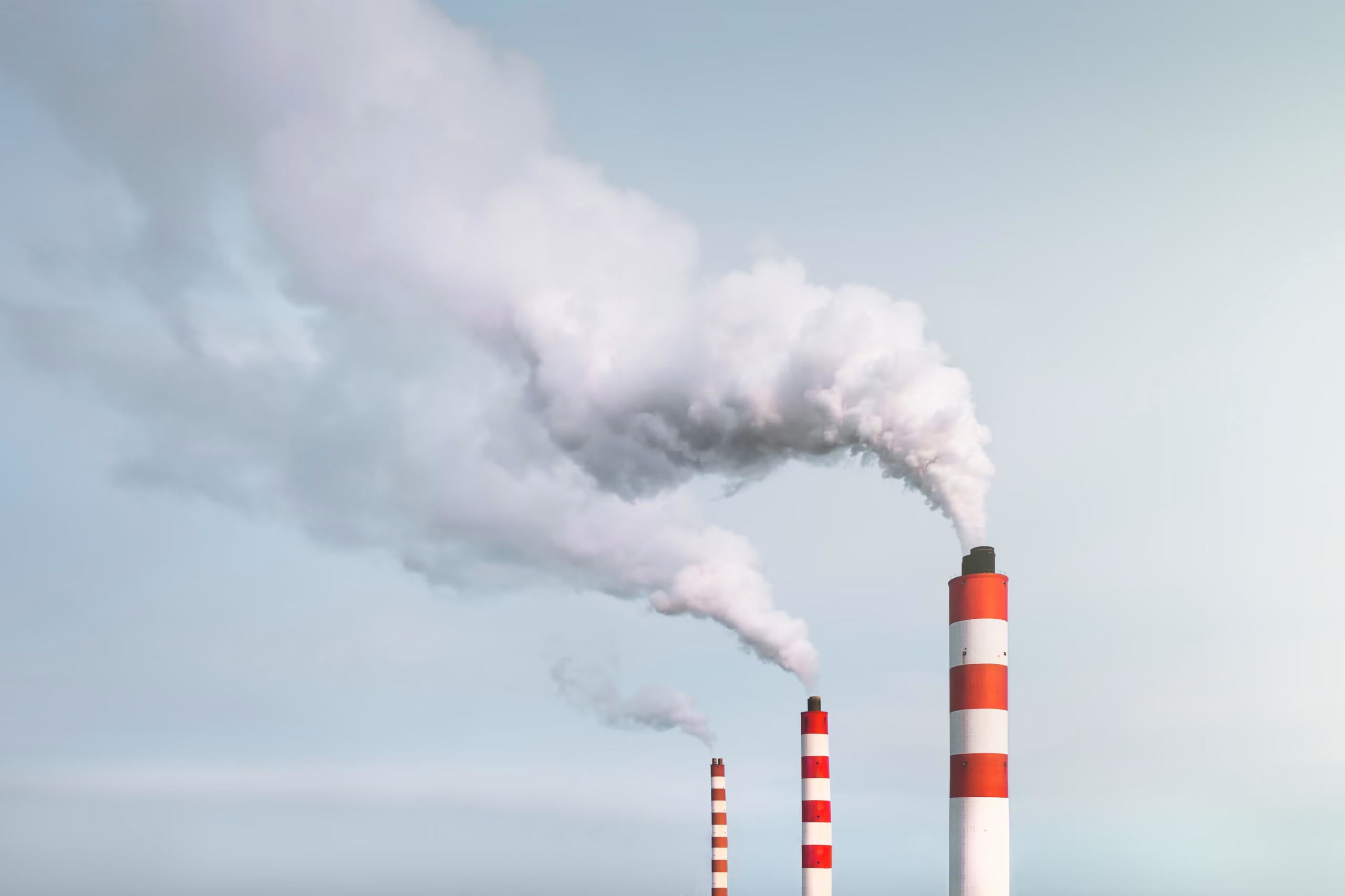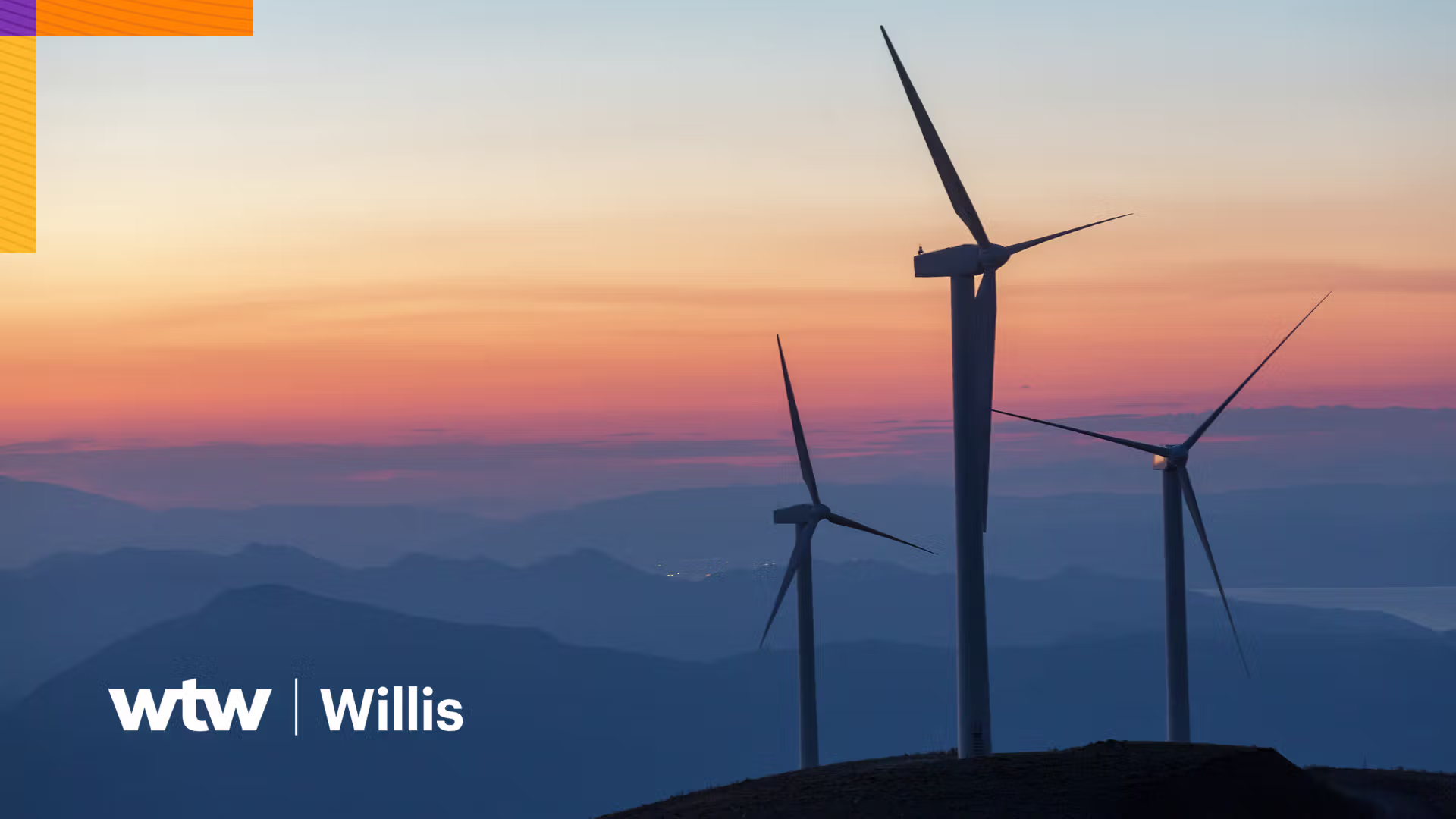The recent CEWEP Congress in Gdansk, Poland, emphasized the growing role of the Waste-to-Energy (WtE) sector in advancing the European Union’s sustainability strategy. As Europe faces ambitious climate targets, the WtE sector is demonstrating that incineration can be a vital part of the circular economy rather than merely a last resort for waste management.
Paul De Bruycker, President of CEWEP, outlined a new perspective on WtE, stating, “In a truly circular economy, there is no place for pollution. Waste-to-Energy is a cornerstone, not just a backup plan.” WtE facilities are not only capable of energy recovery but also of extracting essential secondary raw materials, which supports recycling efforts and public health. De Brucker reported that efforts are underway to reduce greenhouse gas emissions and even achieve carbon negativity.
The congress also highlighted the varied progress among EU member states in implementing effective waste management strategies. For example, Amalia Cerdá Lacaci from TIRME noted that in Spain, while landfilling is decreasing, the pace is slow due to regional governance issues and insufficient infrastructure. However, regions like Mallorca show success, having cut waste-sector greenhouse gas emissions by over 64% through investments in WtE, sorting, and anaerobic digestion.
Karolina D’Cunha from the European Commission shared that the EU is actively monitoring member states’ progress on landfill targets. The commission uses a combination of incentives and legal actions to ensure compliance. The upcoming Circular Economy Act aims to introduce stricter regulations and enforcement measures, including cap-and-trade systems, tailored to each country’s specific needs. D’Cunha affirmed that while reducing landfilling is critical, investment in WtE is essential for managing non-recyclable waste.
In Poland, Tomasz Surma from Veolia Poland presented compelling economic data, stating that WtE has provided one of the lowest heat prices per gigajoule in the district heating sector over the past three years, even as general heat prices have doubled. WtE’s role in reducing coal dependency and diversifying energy sources has proven crucial in maintaining affordability and reliability in energy supply.
The congress also focused on the potential of carbon capture, utilization, and storage (CCUS) technologies in WtE operations. Krzysztof Bolesta, Poland’s Secretary of State for Climate and Environment, discussed the opportunity for WtE to contribute to negative emissions by capturing CO2 from its processes. This could lead to the development of a new sector in Europe focused on creating carbon-negative solutions, thereby aiding the fight against climate change.
Experts from Sweden, Norway, Germany, and Italy stressed the importance of developing CO2 infrastructure to support these initiatives. This highlights a shift in perception where WtE plants are seen not only as necessary solutions for waste management but also as active participants in climate action.
Public communication emerged as a critical factor for the success of WtE projects, as illustrated by Marta Bańka from the Gdansk plant. Effective public engagement is necessary to counter negative perceptions that can hinder the development of WtE facilities. Furthermore, a technical seminar on PFAS (per- and polyfluoroalkyl substances) underscored the challenges of treating these persistent contaminants in waste streams, calling for better industry harmonization and regulatory clarity.
In closing, Ella Stengler, managing director of the congress, noted that the discussions affirmed WtE’s essential contributions to EU sustainability goals. The sector not only generates reliable energy from leftover waste but also recovers valuable materials while supporting landfill reduction initiatives. With advancements in carbon capture technologies and its integration into district heating systems, WtE is establishing its role as a key player in Europe’s sustainable future. The congress in Gdansk demonstrated that the waste-to-energy sector is evolving, embracing the principles of the circular economy and energy security as it moves forward.




